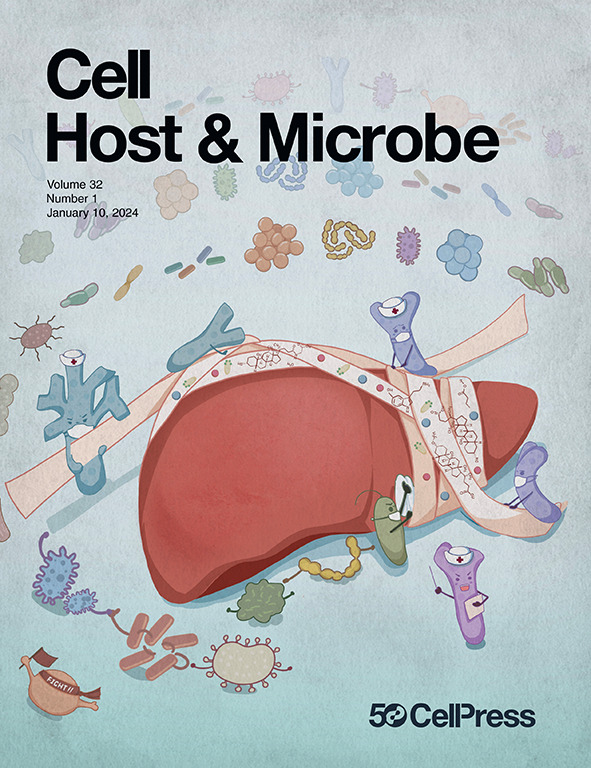母乳作为微生物起搏器
IF 20.6
1区 医学
Q1 MICROBIOLOGY
引用次数: 0
摘要
Sawhney等人在《自然医学》(Nature Medicine)上发表的一篇论文1对婴儿至8岁的肠道微生物群进行了菌株解析分析,确定断奶是微生物适应的进化触发因素。他们的发现完善了微生物组发育的时间表,并强调了母乳是微生物演替的起搏器。本文章由计算机程序翻译,如有差异,请以英文原文为准。
Human milk as a microbial pacemaker
A Nature Medicine paper by Sawhney et al.1 presents a strain-resolved analysis of the gut microbiome from infancy through eight years of age, identifying weaning as an evolutionary trigger for microbial adaptation. Their findings refine the timeline of microbiome development and highlight human milk as a pacemaker of microbial succession.
求助全文
通过发布文献求助,成功后即可免费获取论文全文。
去求助
来源期刊

Cell host & microbe
生物-微生物学
CiteScore
45.10
自引率
1.70%
发文量
201
审稿时长
4-8 weeks
期刊介绍:
Cell Host & Microbe is a scientific journal that was launched in March 2007. The journal aims to provide a platform for scientists to exchange ideas and concepts related to the study of microbes and their interaction with host organisms at a molecular, cellular, and immune level. It publishes novel findings on a wide range of microorganisms including bacteria, fungi, parasites, and viruses. The journal focuses on the interface between the microbe and its host, whether the host is a vertebrate, invertebrate, or plant, and whether the microbe is pathogenic, non-pathogenic, or commensal. The integrated study of microbes and their interactions with each other, their host, and the cellular environment they inhabit is a unifying theme of the journal. The published work in Cell Host & Microbe is expected to be of exceptional significance within its field and also of interest to researchers in other areas. In addition to primary research articles, the journal features expert analysis, commentary, and reviews on current topics of interest in the field.
 求助内容:
求助内容: 应助结果提醒方式:
应助结果提醒方式:


